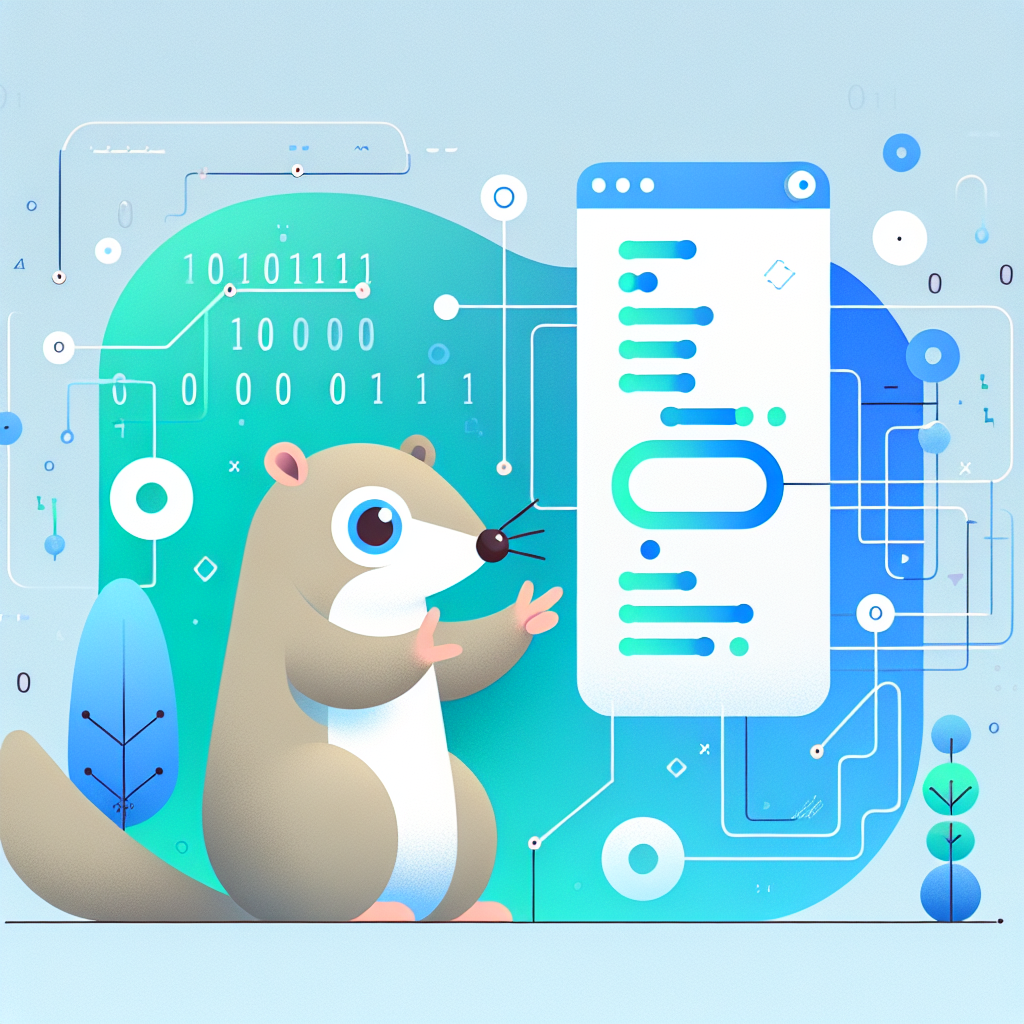Master Golang Split String: Boost Your Coding Skills

Understanding Golang Split String
Golang, also known as Go, is a statically typed, compiled programming language renowned for its efficiency and simplicity. One of its powerful features is Golang’s string manipulation capabilities, which are essential for handling text data effectively. Among these capabilities, the split function in Golang plays a pivotal role. In this blog post, we will delve into how you can utilize Golang’s split string functionality to enhance your programming projects.
Why Use Golang for String Manipulation?
Golang is designed to be fast and efficient, which is vital when performing operations on strings, especially in data-intensive applications. The language’s standard library includes robust tools for string manipulation, making it a preferred choice for developers.
- Efficiency: Golang’s performance is comparable to C and C++, making it suitable for high-performance applications.
- Simplicity: The language’s syntax is straightforward, which reduces the complexity of string manipulation tasks.
- Concurrency: Golang’s built-in support for concurrency allows you to handle multiple string operations simultaneously.
The Split Function in Golang
String manipulation often requires splitting strings into smaller parts. Golang provides the strings package, which includes the Split function to facilitate this process. Let’s explore how this function works and how you can use it effectively.
How to Use the Split Function
The Split function is simple to use and can be invoked as follows:
package main
import (
"fmt"
"strings"
)
func main() {
text := "Golang is a great programming language"
parts := strings.Split(text, " ")
fmt.Println(parts)
}
Explanation:
- Import Statement: We import the
stringspackage, which contains theSplitfunction. - Function Call:
strings.Split(text, " ")splits the stringtextinto parts using a space as the delimiter.
Handling Edge Cases
When splitting strings, you may encounter edge cases. Golang handles these efficiently:
- Empty Strings: Splitting an empty string returns a slice with one empty string.
- No Delimiter Found: If the delimiter is not found, the function returns a slice containing the original string.
- Multiple Delimiters: Consecutive delimiters create empty strings in the result.
Example with Custom Delimiters
You can use custom delimiters for splitting strings. Consider a CSV string:
package main
import (
"fmt"
"strings"
)
func main() {
csv := "apple,banana,cherry"
parts := strings.Split(csv, ",")
fmt.Println(parts)
}
Output: [apple banana cherry]
Limiting the Number of Splits
Sometimes, you may need to limit the number of splits. Use the strings.SplitN function for this purpose:
package main
import (
"fmt"
"strings"
)
func main() {
text := "one-two-three-four"
parts := strings.SplitN(text, "-", 3)
fmt.Println(parts)
}
Output: [one two three-four]
Splitting with Regular Expressions
For more complex splitting logic, you may use the regexp package in Golang:
package main
import (
"fmt"
"regexp"
)
func main() {
text := "a1b2c3d4"
re := regexp.MustCompile(`\d`)
parts := re.Split(text, -1)
fmt.Println(parts)
}
Explanation:
- Regular Expression:
\dmatches digits, splitting the string around them. - Output:
[a b c d]
Advantages of Using Golang for String Manipulation
Golang’s string manipulation functions are versatile and efficient, making them ideal for various applications:
- Data Parsing: Effective in parsing large datasets or log files.
- Text Processing: Useful for applications like search engines or text analysis tools.
- Web Development: Essential for handling HTTP requests and responses.
Conclusion
Mastering Golang’s split string functionality can significantly enhance your ability to manipulate text data. Whether you’re working on data parsing, web development, or text processing, Golang’s strings package provides the tools you need to perform efficient and effective string manipulation. By understanding the nuances of the Split function and its variations, you can tackle complex string operations with confidence in your Golang programming projects.